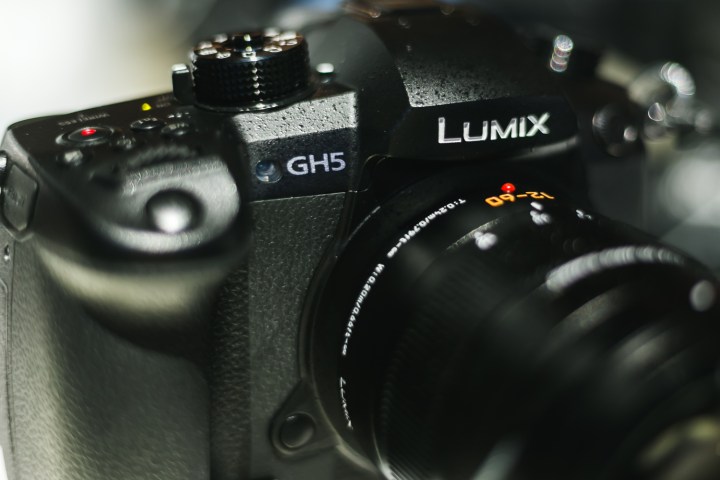
On Tuesday, July 11, Panasonic shared the tech behind the 60 fps 4K — and it’s all about heat. Most 4K is limited because the higher demands for the higher resolution cause the camera to overheat. Limiting the recording times and frame rates allows cameras to still record in that higher resolution without overheating.
The amount of data the GH5 needs to process for 60 fps 4K video is more than three times what the earlier GH4 handled — which means more than three times the heat. To compensate for that extra heat, Panasonic developers approached the problem in two ways — stopping the heat generation in the first place and dispersing the heat that is generated.
The GH5 generates less heat while processing images than does the GH4 because of changes to the camera’s processor. While earlier processors work similarly for both still images and video, Panasonic separated the two functions in order to maximize efficiency while recording video. “We noted the differences in resolution, noise, and frame rate between still pictures and motion pictures, and then isolated and optimized the motion picture processing section of the newly developed Venus Engine,” Panasonic explained. “We reduced the circuit scale that operated during video recording by half.”
As a still camera, the GH4’s circuitry was designed to be the most efficient for still photos, dropping off when recording video. By revisiting the way the GH5’s circuitry is designed with high resolution video in mind, the company managed to add another 10 percent in efficiency when it comes to drawing battery power, thus producing less heat.
While changes to the processor helped create less heat in the first place, Panasonic covered the rest of the gap by ensuring the remaining heat could be dispersed from the camera’s body. While using a larger camera body helps spread that heat out, the company wanted a similar body design to the GH4 — and in the end the GH5 body is only 1.13 times the size of the predecessor. Instead of making a significantly larger, DSLR-sized camera body, the developers added a heat dispersion sheet in between the camera’s circuits.
While the 4K, 60 fps is one of the GH5’s biggest selling points, and represents a feat that hasn’t been accomplished before among other interchangeable lens still cameras, the GH5 also added 6K photo mode with 30 fps bursts, enhanced autofocus tracking, and five-axis image stabilization. Interviews with Tsutomu Mori, Panasonic’s general manager for the imaging division, further explain how the new tech works in the company’s inside look into the camera’s features.
While the GH5 is already on the shelves, Panasonic isn’t quite done making tweaks to the camera — the company says that a high dynamic range option for the 4K video is coming via a firmware update sometime in the second half of 2017.
Editors' Recommendations
- Sony’s A7S III is the ultimate 4K video camera, five years in the making
- After years of waiting, Sony A7S III may arrive this summer
- 8K cameras are coming. No, you don’t need one
- Panasonic Lumix S1H camera will offer limitless 6K recording for $4,000



